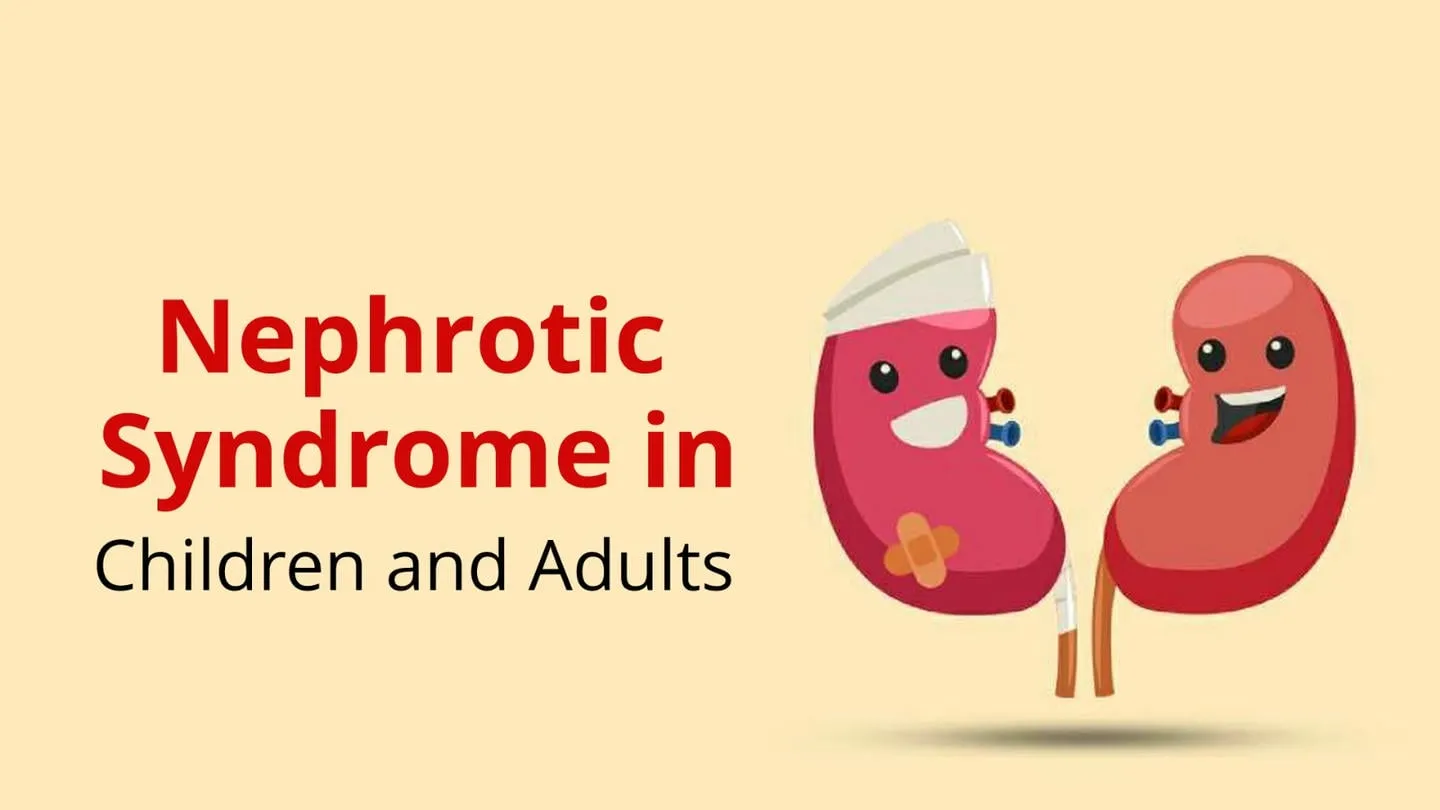
You can observe certain signs and symptoms when your kidney fails. And when all of these symptoms are observed together, we refer to it as nephrotic syndrome. The following are a few listed:
Albuminuria - a condition where kidneys can not retain proteins. These proteins are expelled in large quantities in the urine.
Hypoalbuminemia - a condition where the body suffers from a shortage of albumin in the blood.
Hyperlipidemia - a condition where fat and cholesterol levels in the body are more than their normal range.
Oedema - a condition where swelling is observed in the lower body regions, such as the legs and feet, around the ankle joint.
A few other common symptoms of nephrotic syndrome include
Children suffering from nephrotic syndrome may observe decreased growth patterns. Adults may also develop osteoporosis with weakness in hair and nails.
The swelling in nephrotic syndrome can be equated to "Shotha”. The shotha in ayurveda means "swelling."
Swelling is a symptom and not the cause. Ayurveda isn't simply about alleviating a few symptoms but is working towards treating the cause. Ayurvedic treatment for nephrotic syndrome aims to reverse the disease. And there is no single pathophysiology for a disorder like nephrotic syndrome.
Further, Ayurveda revolves around three doshas. It's critical to comprehend how these doshas are involved in every sickness.
Nephrotic syndrome and Vata dosha: The kidneys are the seat of the Vata dosha. So, the local dosha for kidneys would be Vata. This would make Vata Dosha an essential factor for treating nephrotic syndrome. Vata causes tissue deterioration, and this problem arises from tissue damage. The foamy urine is also counted under vata illness.
Nephrotic Syndrome and Pitta Dosha: Pitta dosha is also involved in tissue inflammation and deterioration. When Pitta dosha is dominant and takes over the role of Vata, it exacerbates the condition.
Nephrotic Syndrome and Kapha Dosha: As per ayurveda, the Kapha Dosha portrays water retention. So, when kapha is recessive, waste production in urine arises, and water retention is observed.
So, when these doshas are disturbed, kidney issues can be seen.
Primary causes of nephrotic syndrome: Structural damage to the glomeruli is the most common cause of nephrotic syndrome. When the kidney gets injured, there is a formation of scars in the glomeruli. Further, the inflammation in the scarred tissues causes albumin leakage. Antibodies also get lodged in these regions and cause damage and nephrotic syndrome.
Secondary causes of nephrotic syndrome: Conditions considered secondary causes of nephrotic syndrome are:
The following list of tests and procedures are found helpful in diagnosing nephrotic syndrome:
Urine is analysed visually, chemically and microscopically in a urine test. A healthcare provider may request different types of urine analysis to analyse the depth of your problem.
In a dipstick test, a strip of paper coated with special chemicals (dipstick) is placed into the container containing the test urine. The dipstick paper will change colour if there’s albumin in the test sample.
To get a more precise measurement, you might be asked for detailed urine protein tests. This urine protein test may include a single urine sample or a 24-hour collection. In a single urine sample, a sample urine container with test sample urine is sent to a lab. There, the lab technicians compare how much albumin and creatinine are in your urine, and the results are comprehended as an albumin-to-creatinine ratio. Suppose your urine sample has more than 30 milligrams (mg) of albumin for each gram of creatinine; it is considered a signal for a problem.
For a 24-hour urine collection test, you must collect your pee from home for 24 hrs. The process for this test is
This completes the 24 hr sample collection. It is then dropped into the laboratories for further analysis.
During an albumin blood test, your blood sample is sent to the lab for testing and is analysed for the presence of albumin in the blood. A low level of albumin and other proteins in the blood can be considered probably due to nephrotic syndrome.
From the blood sample, the lab technicians may also test your blood cholesterol and blood triglyceride levels. These levels are also found raised in nephrotic syndrome. These levels may increase when your blood albumin level is low.
A kidney biopsy is a minor surgical procedure. Here, your healthcare provider will remove a small piece of kidney tissue to examine under a special microscope at the laboratories. You might be given a sedative or a local anaesthetic to help you relax. Then by inserting a small needle through your skin and kidney disease, a small tissue sample is collected.
It must also be noted that all kidney patients are not subjected to kidney biopsy. Your medical history, urine tests and blood test reports are often considered adequate to help them diagnose nephrotic syndrome due to your diabetes.
Nephrotic Syndrome Ayurvedic Treatment is focussed on two areas of treatment.
The main objective of ayurvedic medications is to remove the accumulated toxins, i.e. ama, from the blood vessels. This will help rejuvenate the scarred cells and cleanse the entire system.
Panchkarma therapies is the main mode of treatment in ayurveda. The therapies of Basti and Virechana are employed in the problems of nephrotic syndrome. These processes are just like enemas that help eliminate accumulated toxins from the entire body and restore the normal functioning of the kidneys.
Second Floor, 77, Block C, Tarun Enclave, Pitampura, New Delhi, Delhi, 110034